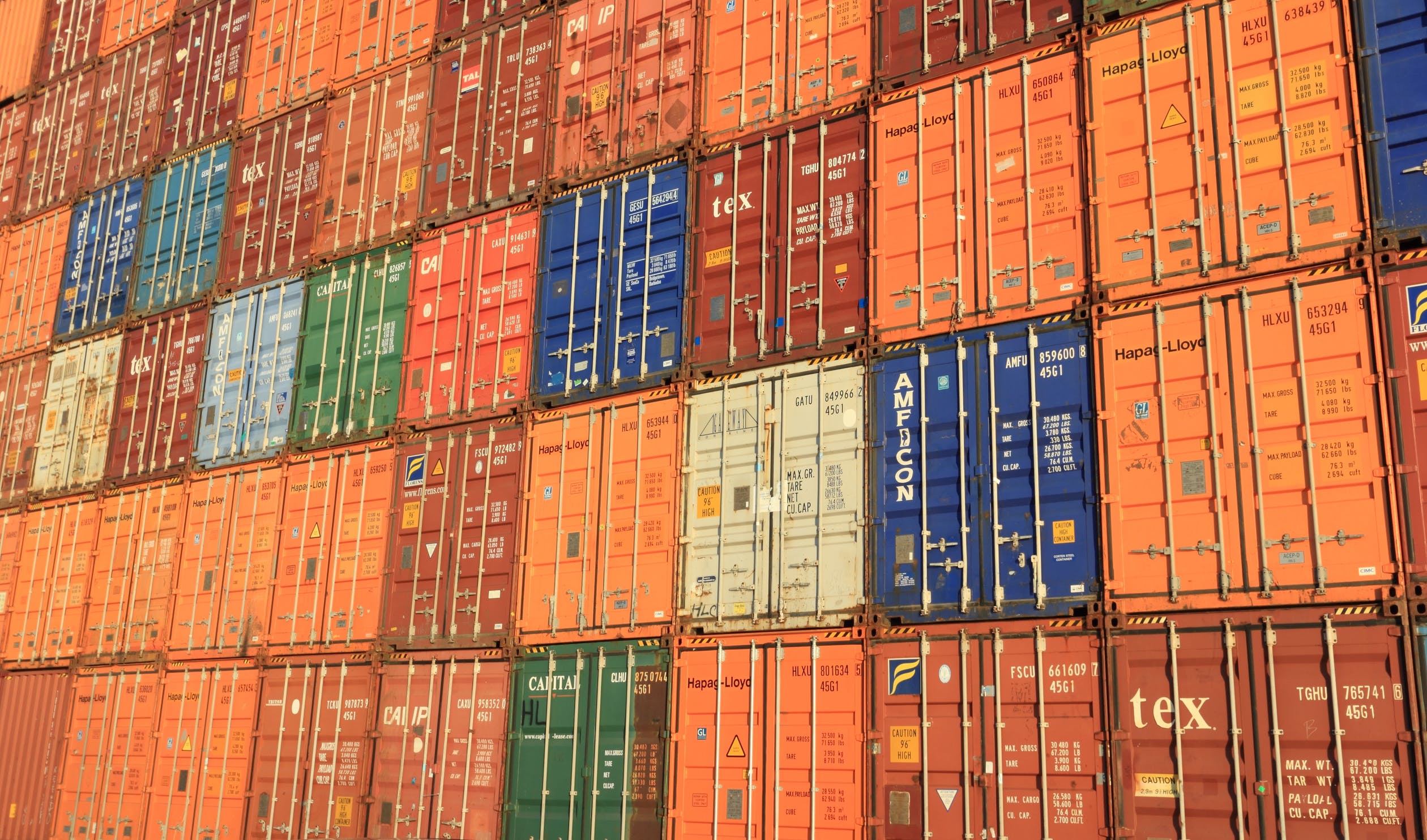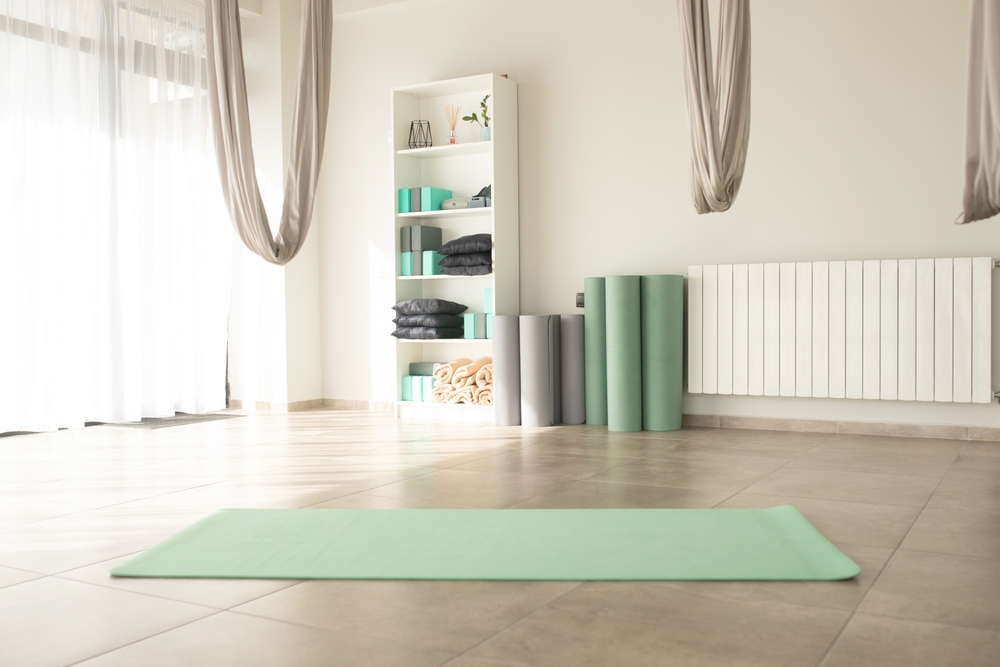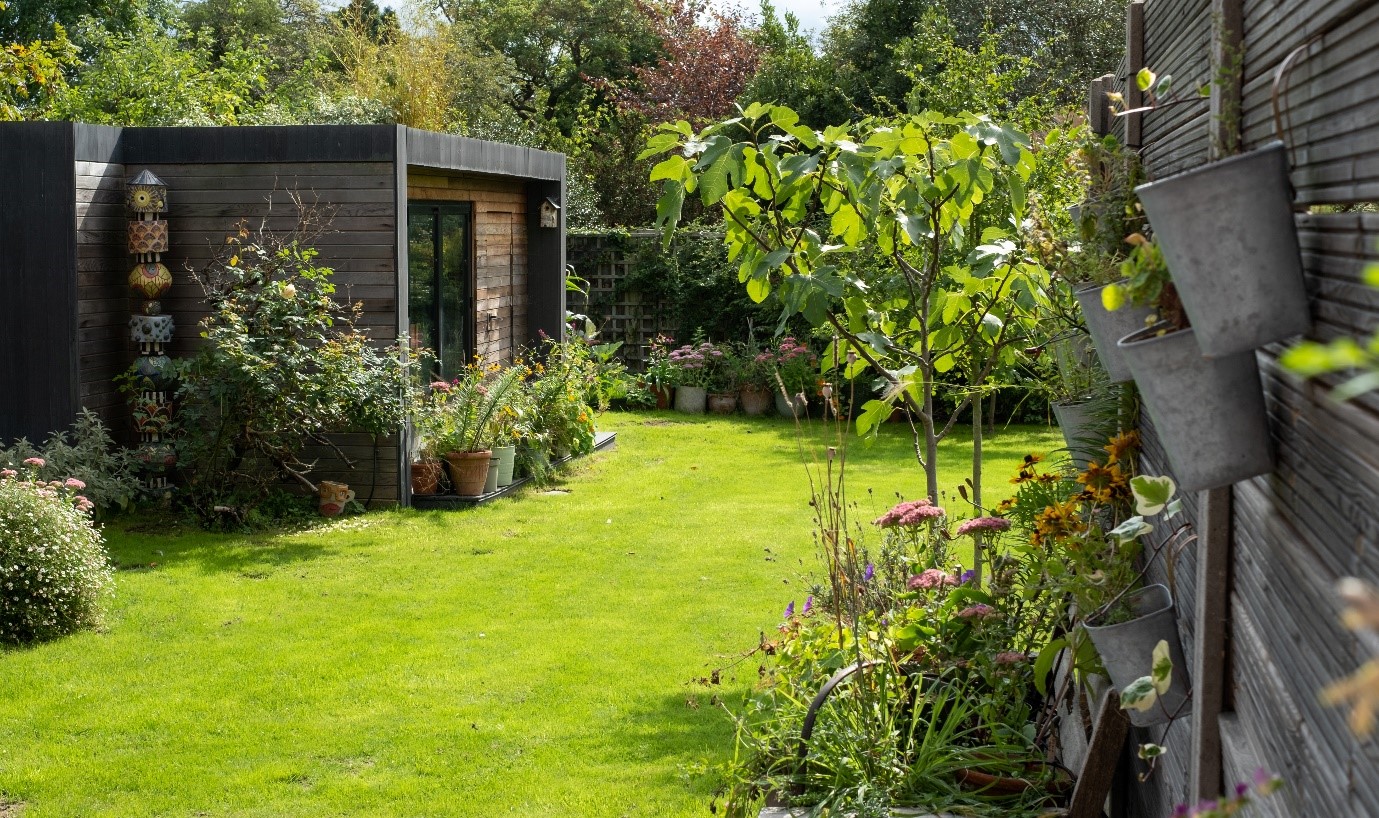If you are lucky enough to live in a conservation area you may be wondering if you can install a shipping container conversion on your land.
Given the tight restrictions and modern appearance of shipping containers, it’s not likely to be a simple decision.
So, is it possible or are your shipping container dreams over before they even began?
Why are shipping container conversions a problem for conservation areas?
If you live in a designated area, there are likely to be limitations placed on what you can add to your property.
Designated areas commonly include:
– Areas of Outstanding Natural Beauty (AONB)
– National Parks and the Broads
– Conservation Areas
– World Heritage Sites
To protect these designated areas and ensure the location retains its landscape character, organisations like Natural England and the AONB Partnership have special regard for the purpose of conserving and enhancing the natural beauty of the area.
This means that Local Planning Authorities will carefully consider how each development (the proposed insertion of a shipping container conversion, in this instance) will affect the landscape qualities of the area and can reject development proposals if they feel the installation will negatively affect the area.
How to lessen the impact of shipping container conversions
Shipping container conversions are an easy, much more economical way to increase the footprint of your home – without the time associated with extensions.
Perfect for use as playrooms, studios, home offices, or even family rooms thanks to the host of in-built and customisable extras, shipping container conversions are the ultimate in bespoke space.
So, how can you make it more likely your development will be accepted?
- Always seek planning permission
Because of the conditions of the area you live in, pre-approval for your development is almost definitely needed and can save you a lot of time, money, and stress in the future.
While most private properties can add a shipping container conversion room under permitted development if they meet certain criteria (more on that in our blog), this is unlikely to be true for you.
As such, you should always contact your Local Planning Authority and get planning permission before you purchase or install your shipping container conversion – just to be on the safe side.
- Consider the size and position of your container
It can be tempting to add as much space as possible and position your shipping container conversion very close to the house – but you could be shooting yourself in the foot if you live in a designated area.
While it can differ depending on your Local Planning Authority, you are much more likely to be approved for a modest container conversion well positioned on your land.
Positioning the shipping container conversion out of sight of the road, out of sight of neighbours, etc., can make it much more likely that you will get a positive outcome and be granted planning permission.
- Minimise visual disturbance
If you live in particularly strict designated areas or have no choice but to add your container conversion within sight of the road or your neighbours, there are a few things you can do to minimise the level of visual disturbance.
This includes:
– Adding cladding to the exterior – especially if the cladding looks like the stone or brick of nearby structures.
– Colour the container with paint – choose a sympathetic colour to help it blend in, for example, choose a similar green to blend in with any surrounding countryside.
– Covering the container with wood panels – something that can be very stylish and help it look more like nearby woodlands.
– Erect fencing that blurs the boundaries of your container – you could find fencing that matches what you already have on your property, helping it feel cohesive.
– Shielding the exterior with greenery – grow shrubbery, bushes, or climbing plants to camouflage the container while also developing your green thumb.
– Top the container with a living roof – perfect for obscuring the top of your shipping container if you live in low-lying areas.
- Hide very modern features
It can seem a no-brainer to add large modern elements like ultra-bright motion-sensor lighting or floor-to-ceiling glass doors or windows but bear in mind that these inclusions can impact your surrounding area, affecting your chances of getting planning permission granted.
To get around this, choose dimmer, less impactful bulbs and cover large expanses of glass with mattifying films to reduce glare and reflection.
Create a custom shipping container conversion with Gap Containers
The experts at Gap Containers can help you create the shipping container conversion of your dreams by doing everything in-house – except applying for planning permission!
We work with you at every turn, from choosing or building your custom-sized shipping container to converting it according to your specifications – inserting elements like windows, doors, electrical access, and storage solutions like internal shelving or built-in seating, before arranging delivery and installation at your site.
With experience creating a wide selection of bespoke converted shipping containers over the years, we can design and execute a shipping container conversion that perfectly meets your needs and expectations.
To find out more, reach out to our team to arrange your container conversion consultation by calling 0870 240 9405 or send us an email and we’ll get back to you as soon as we can.













 Reviews
Reviews